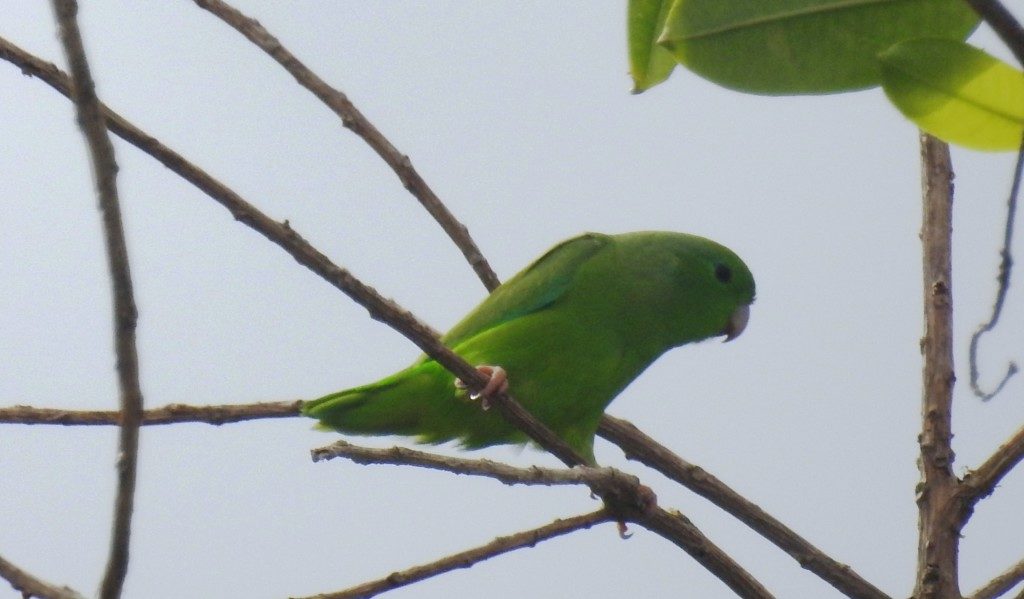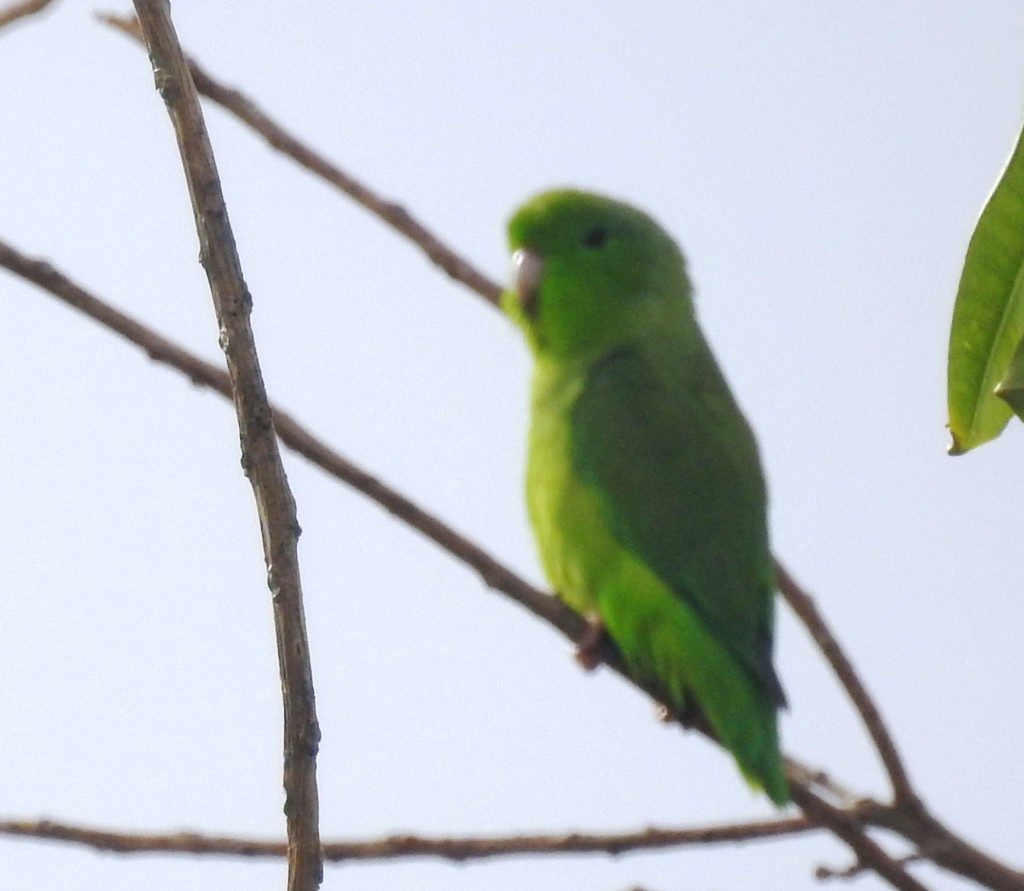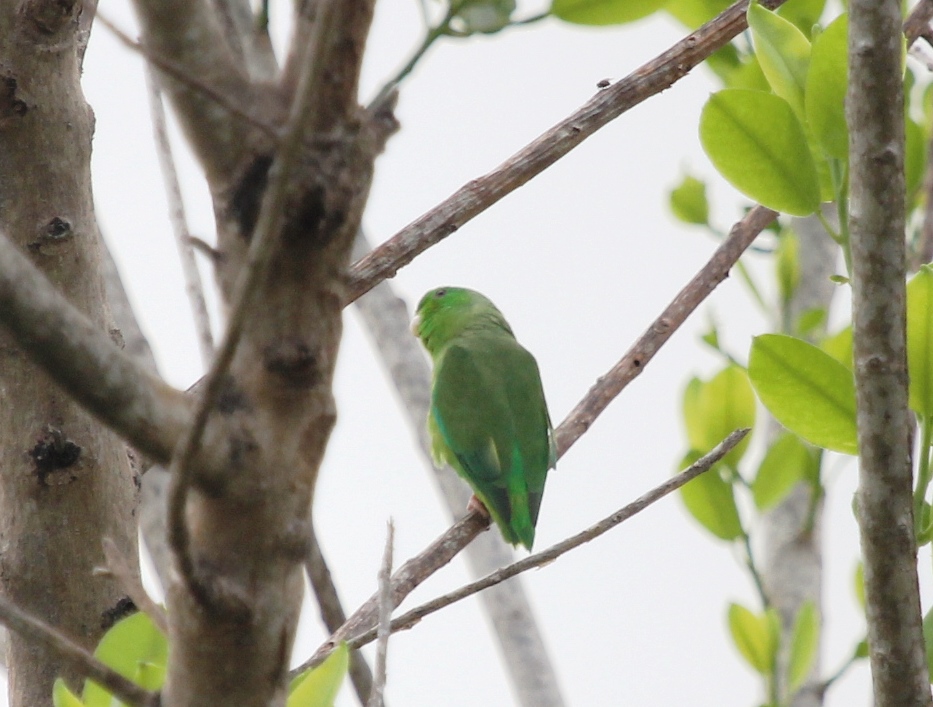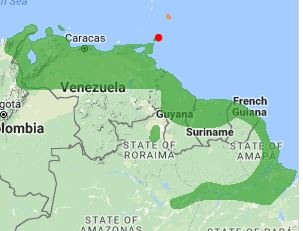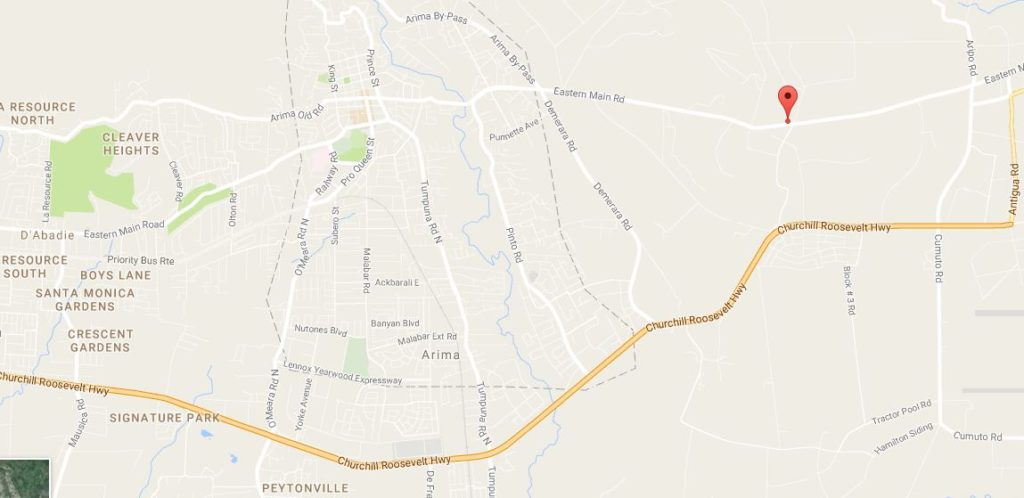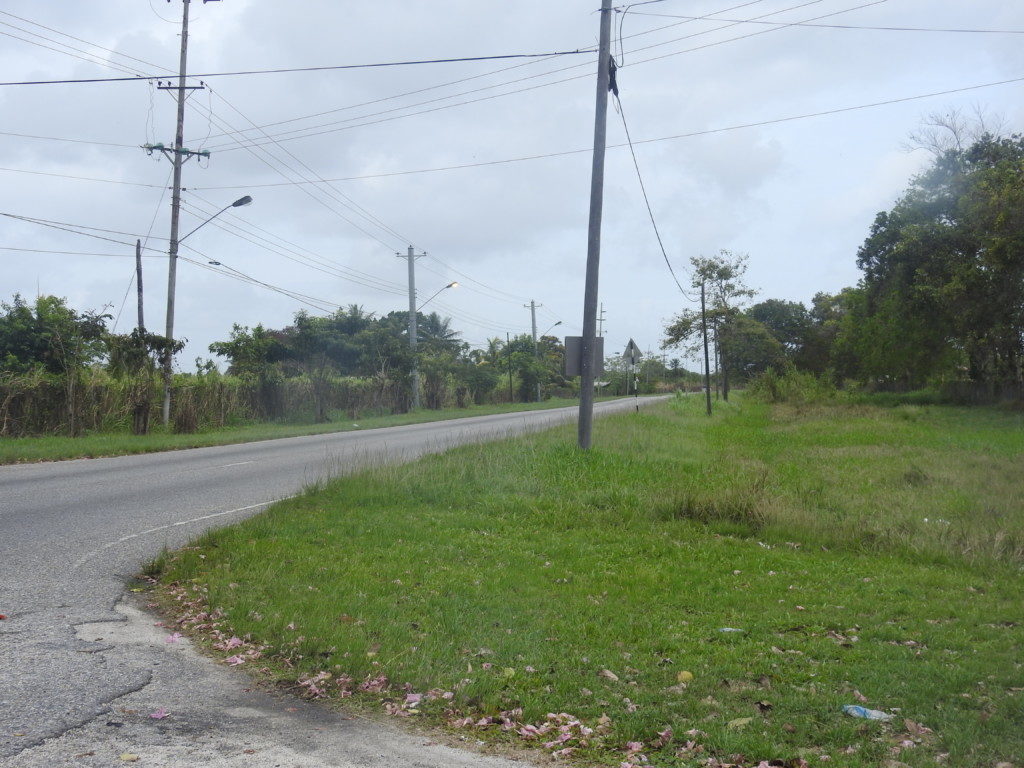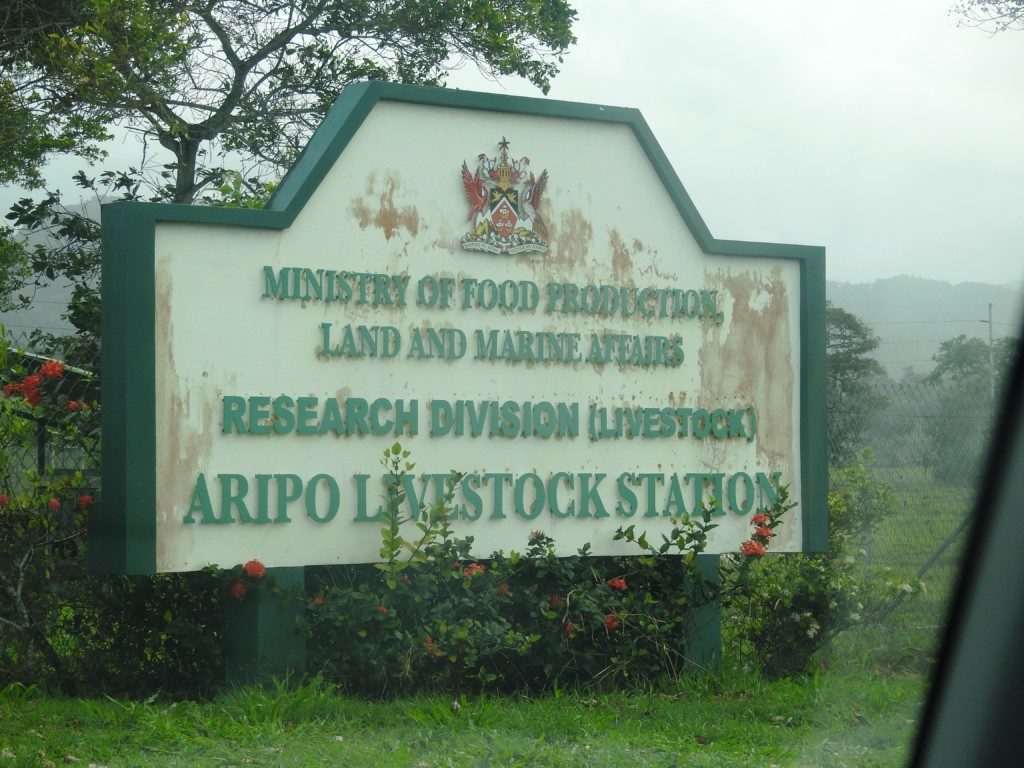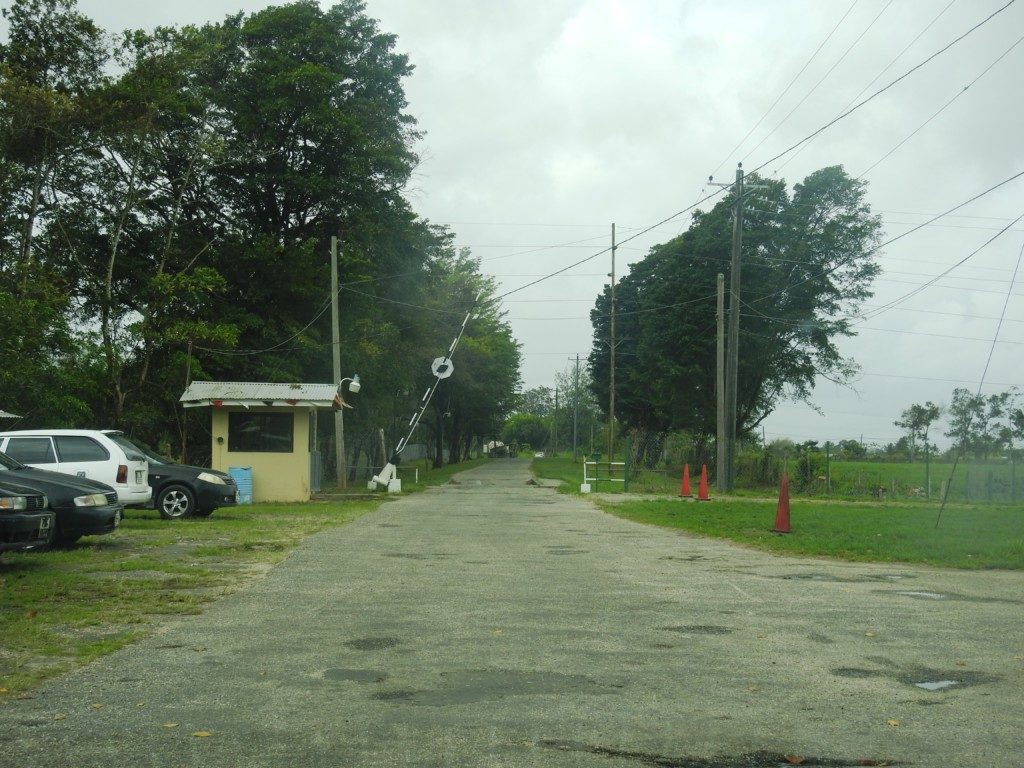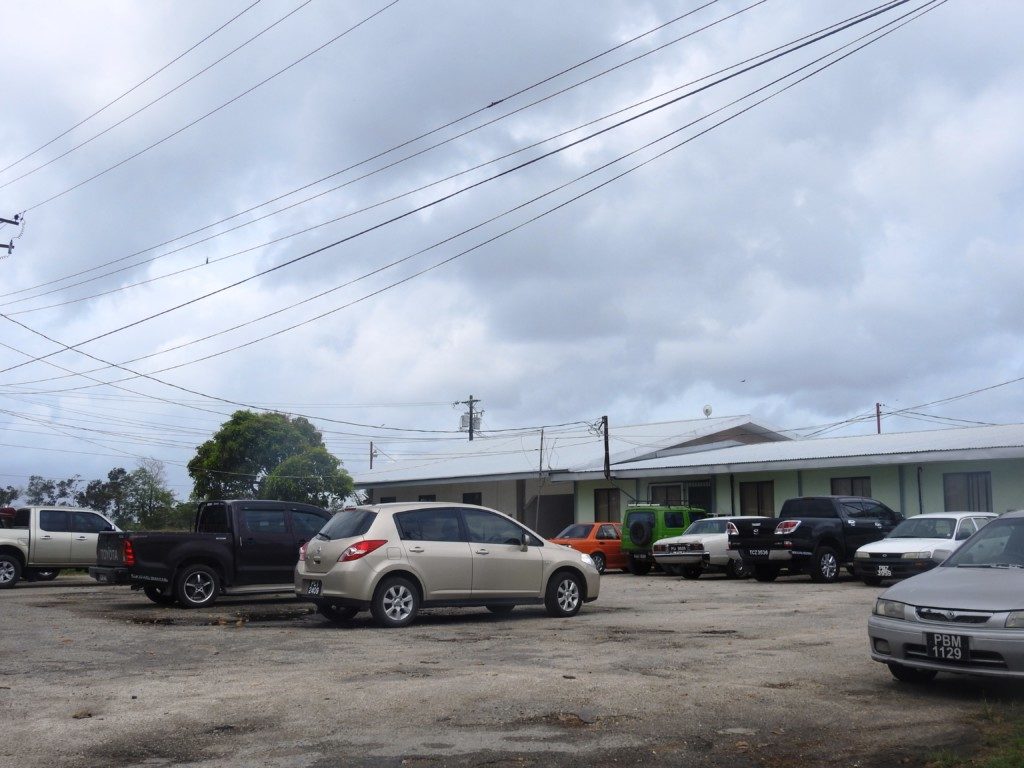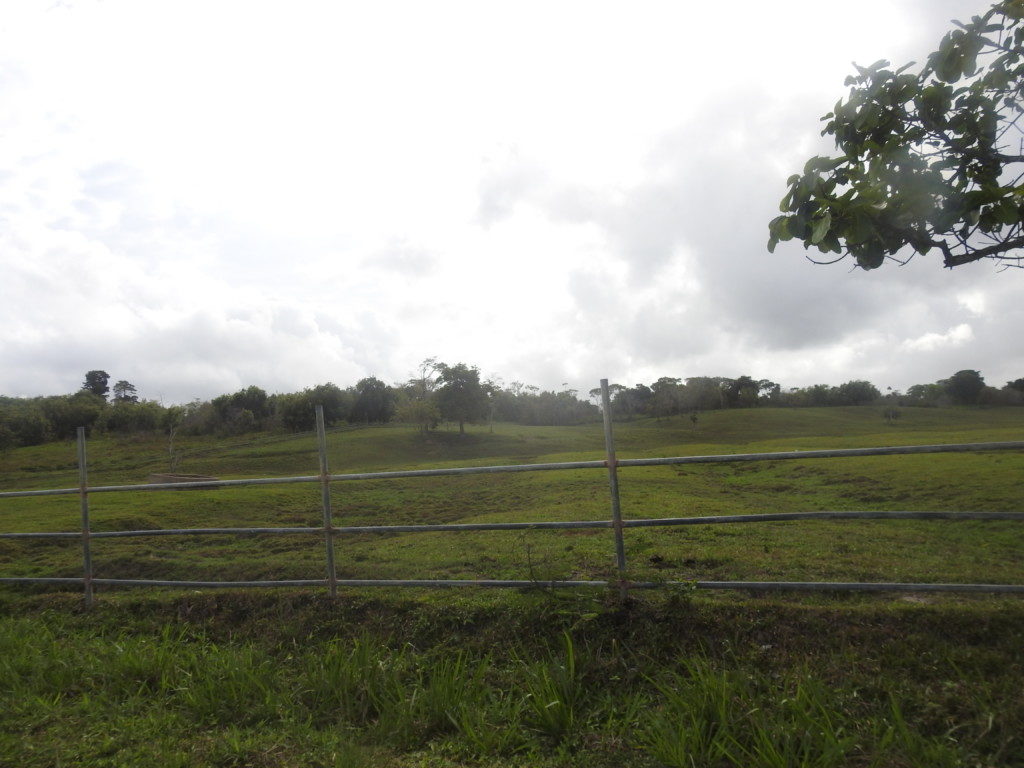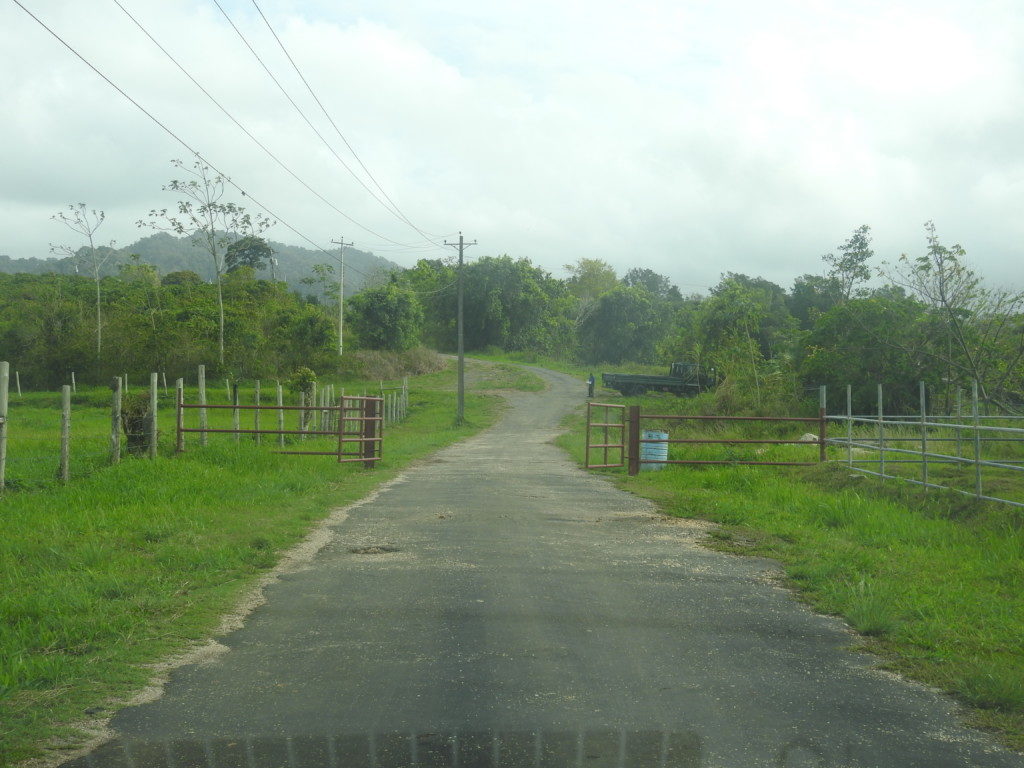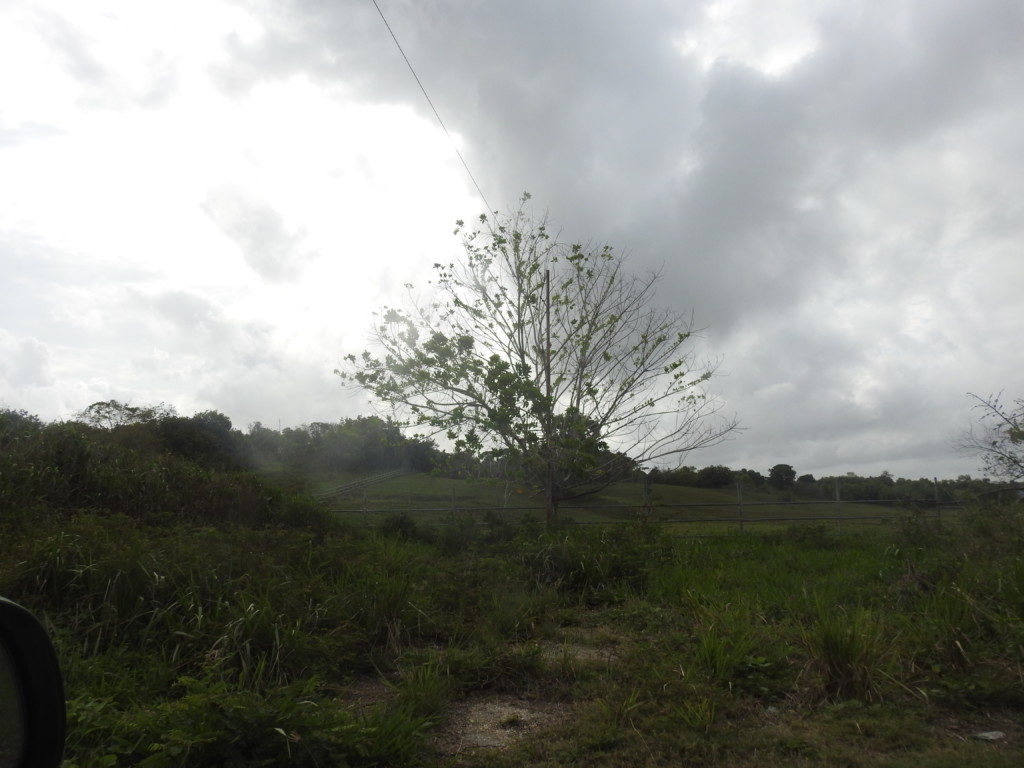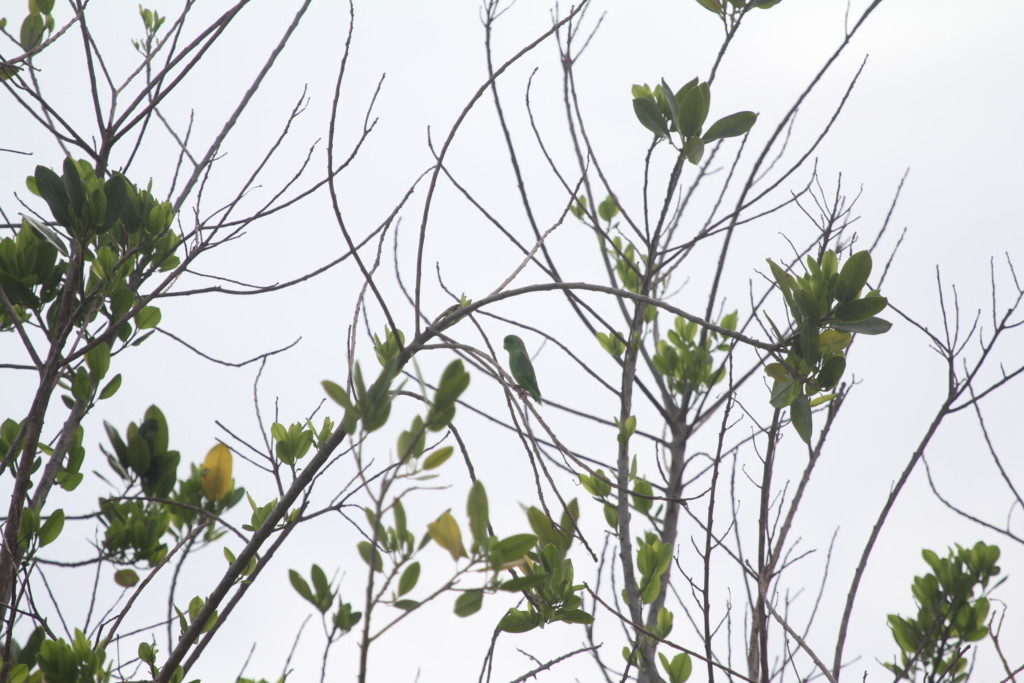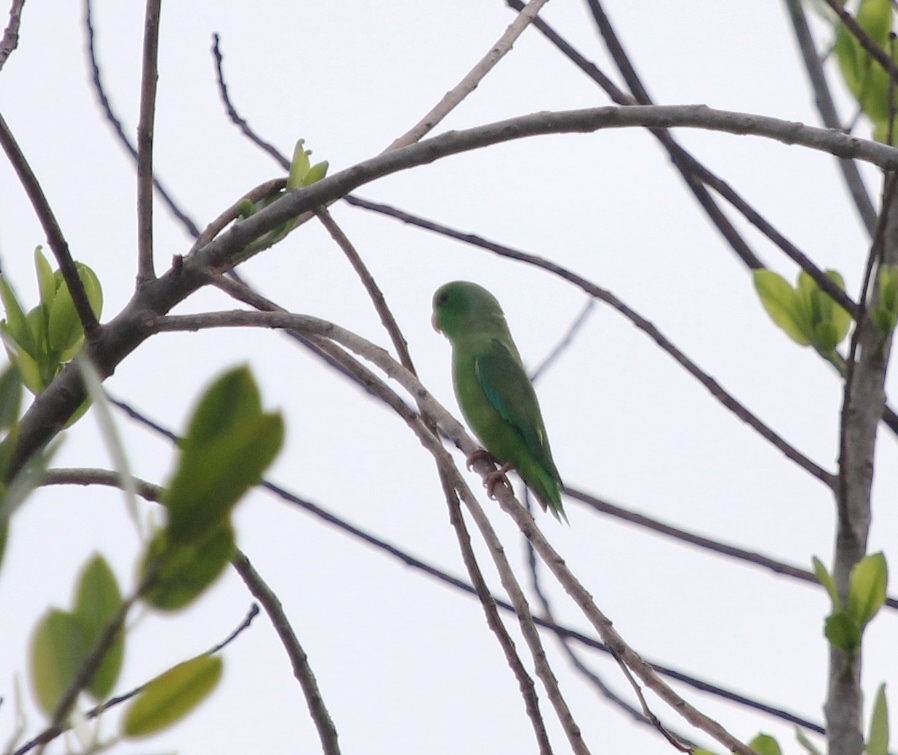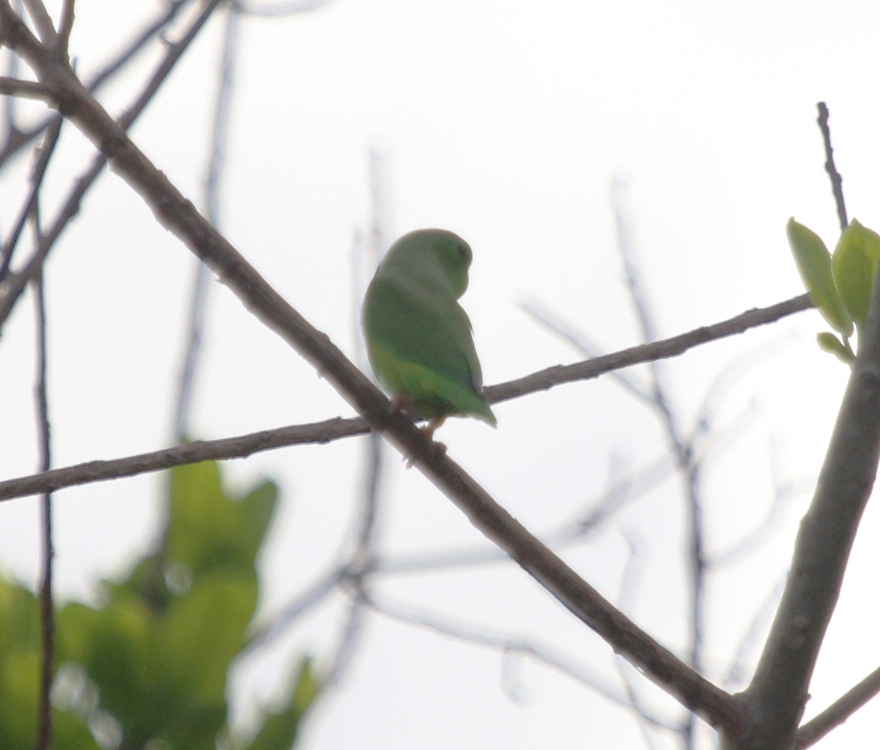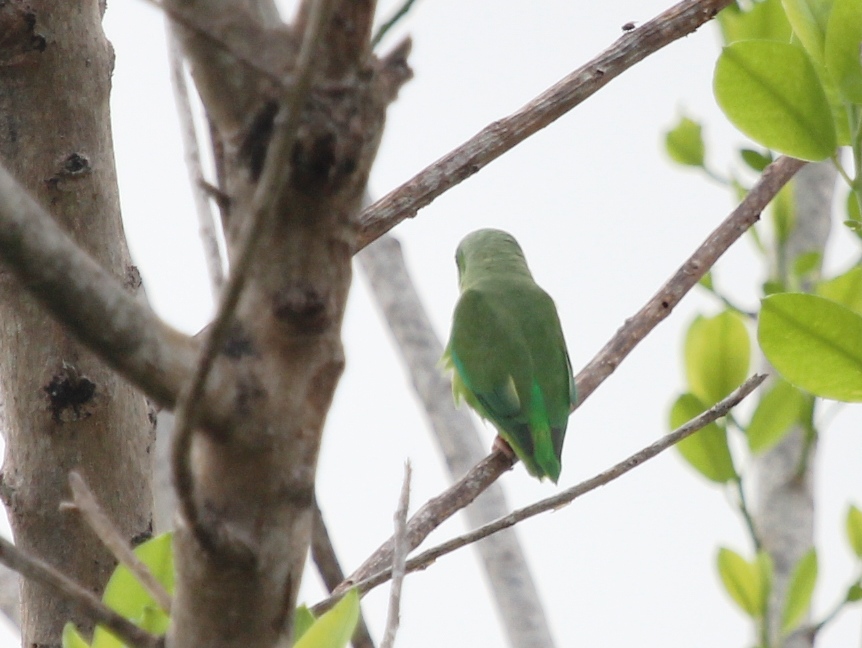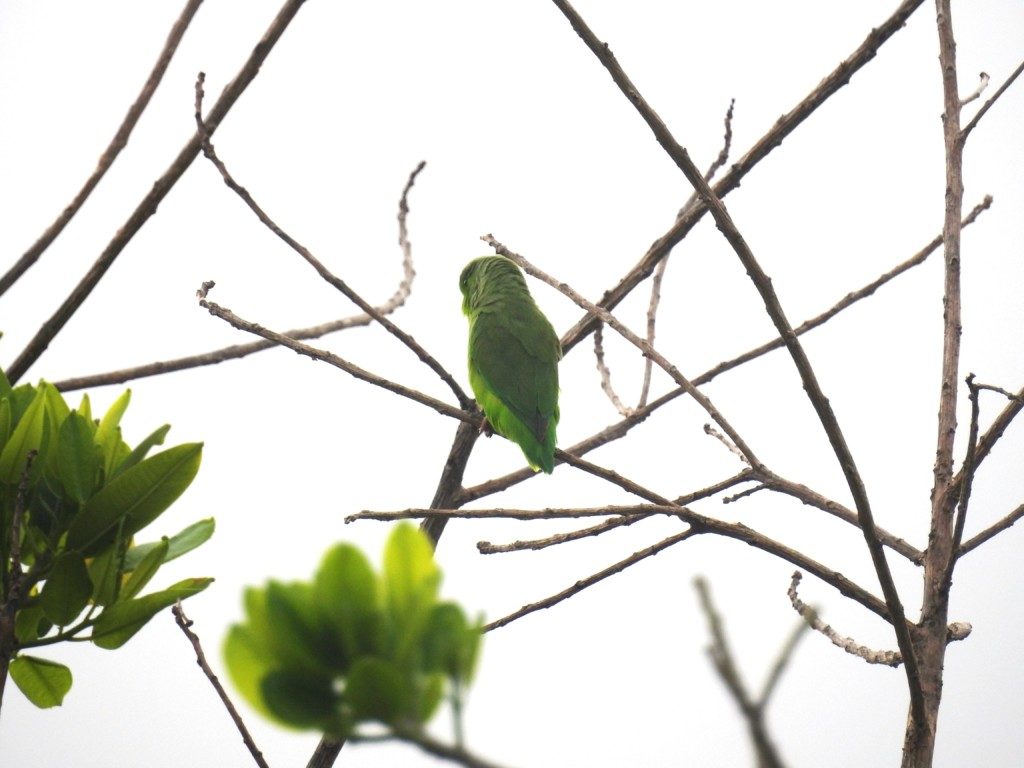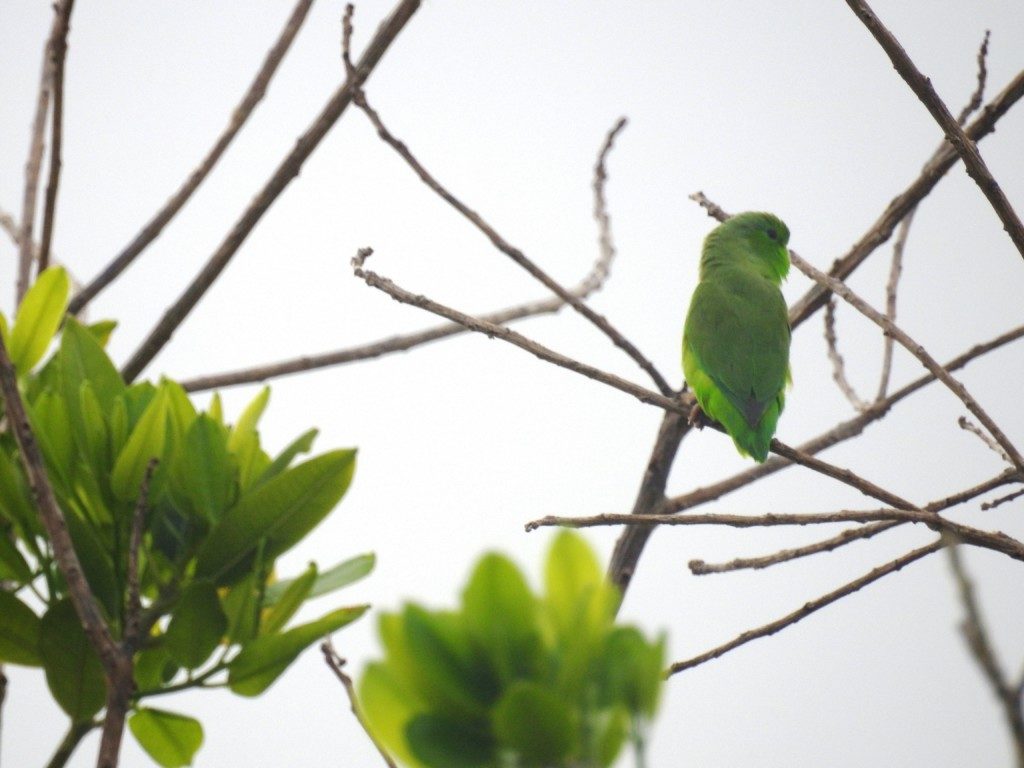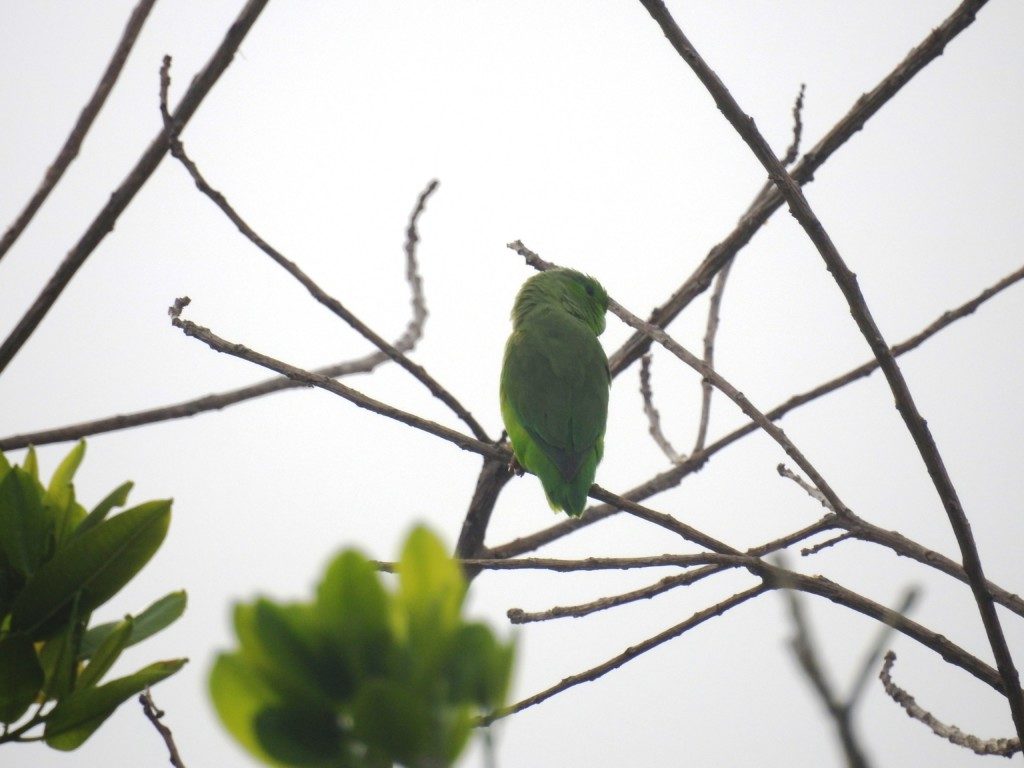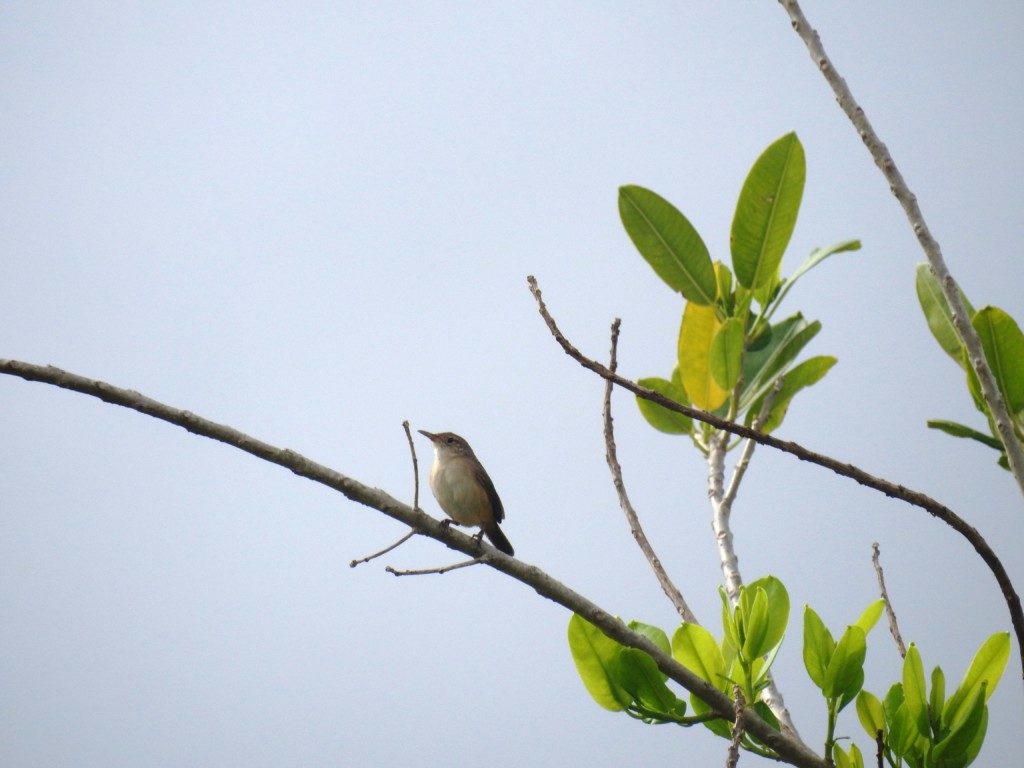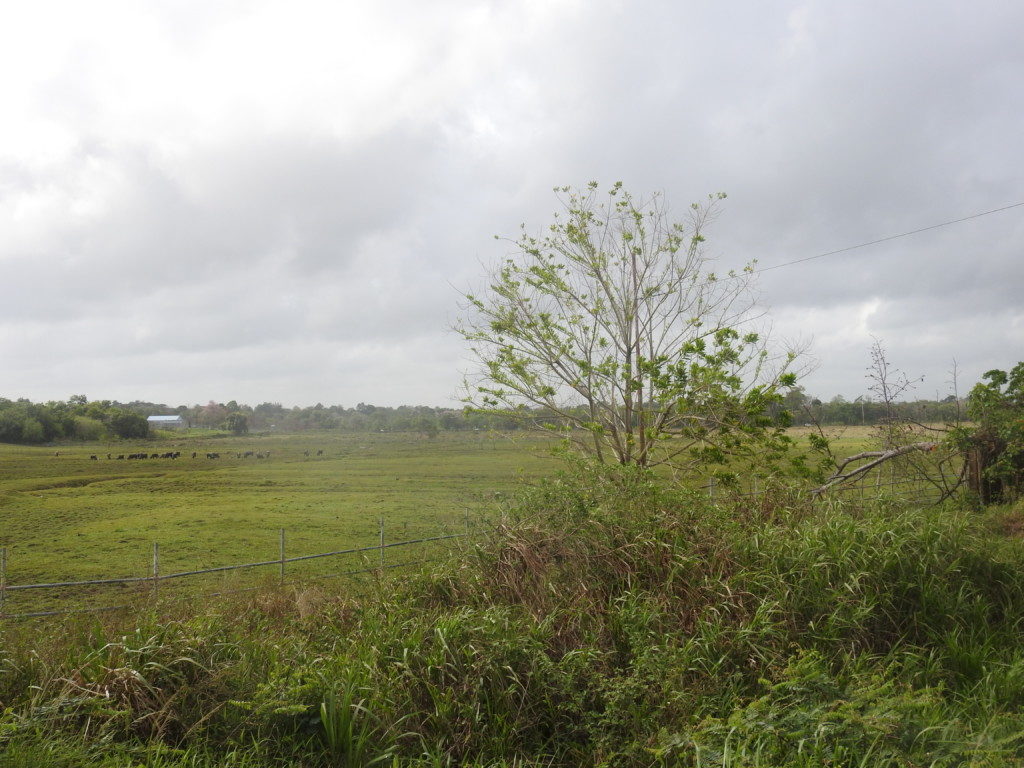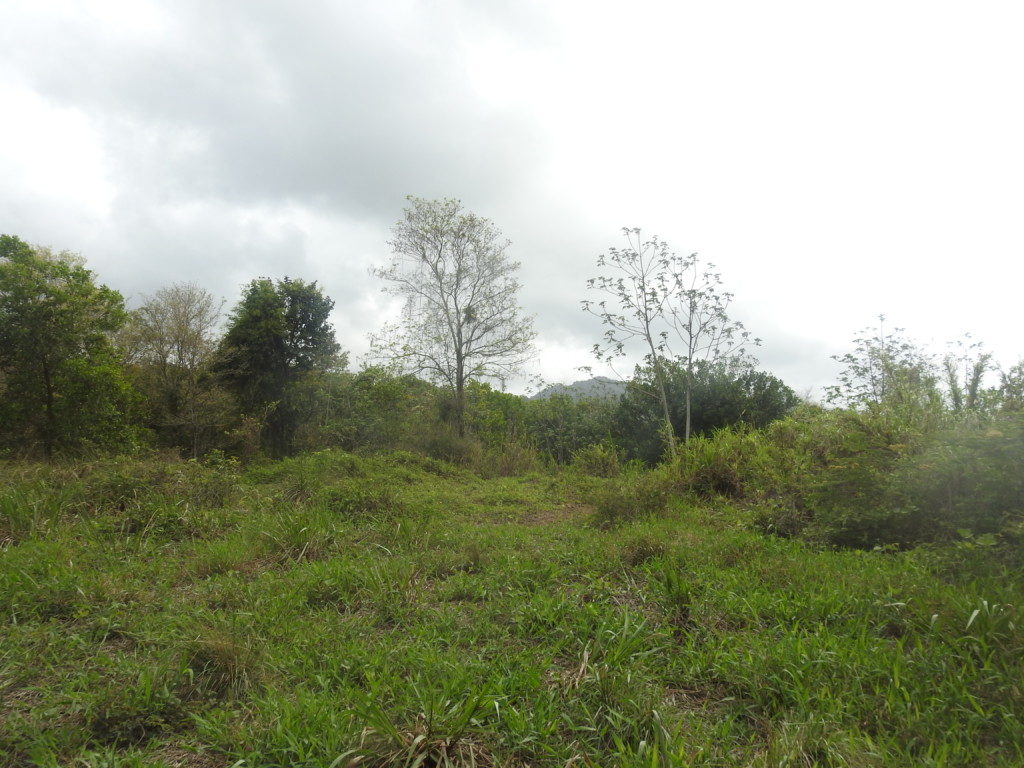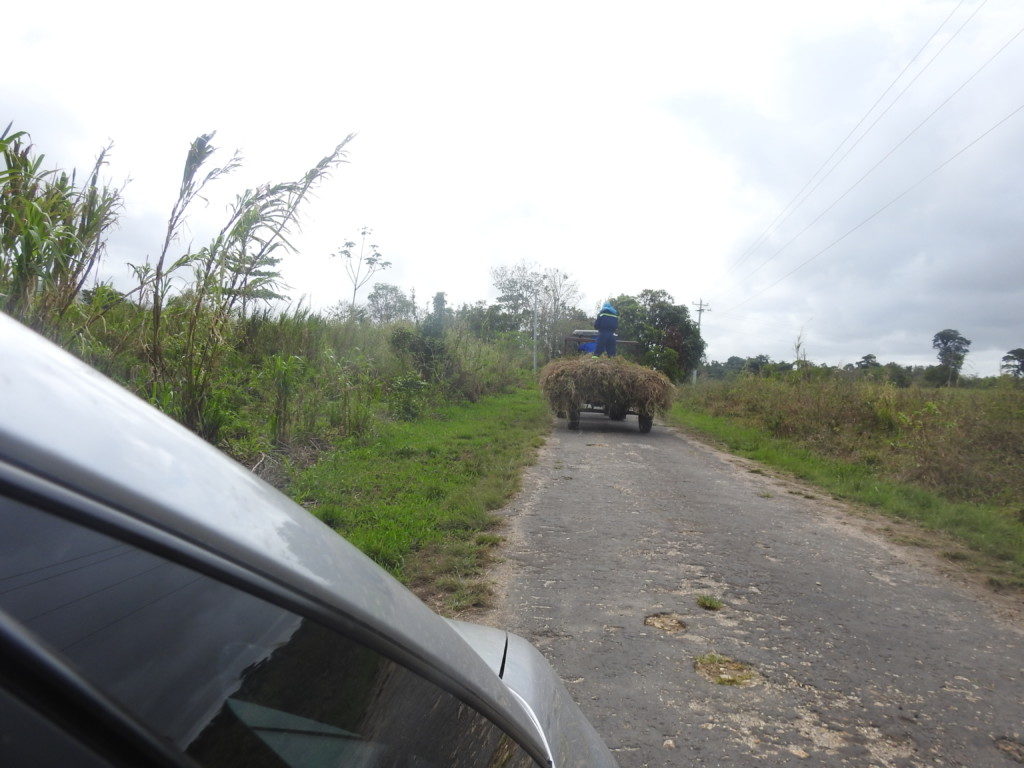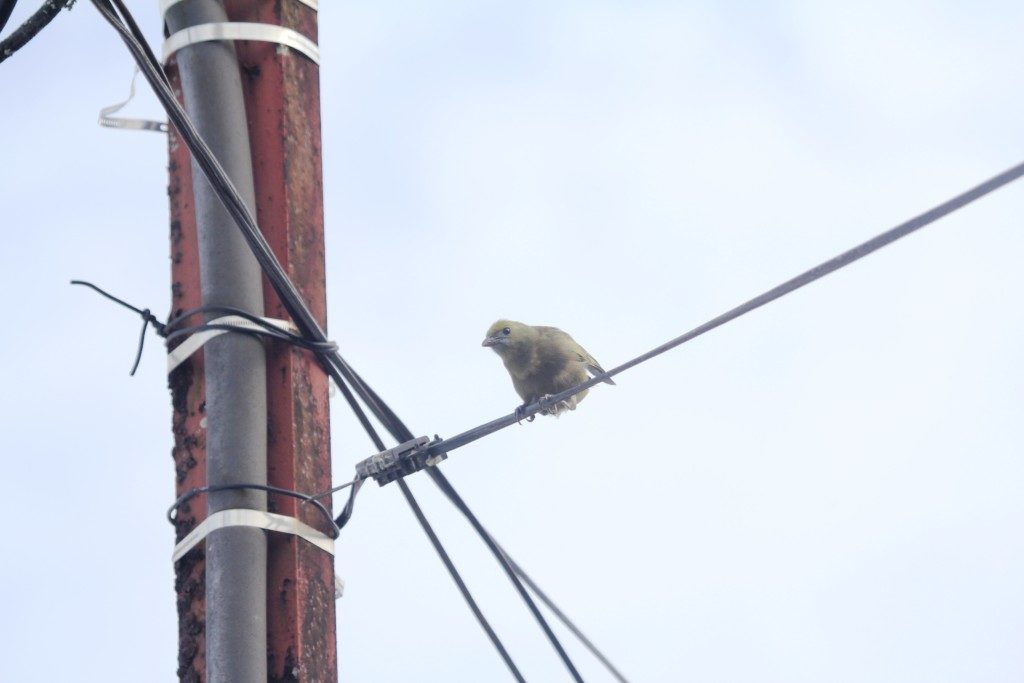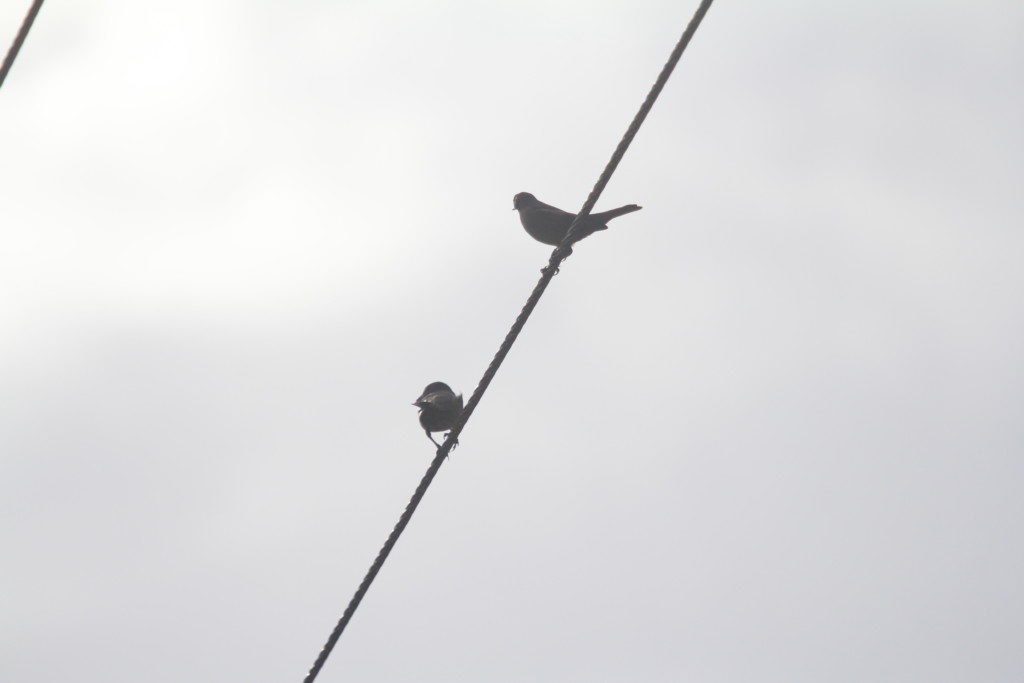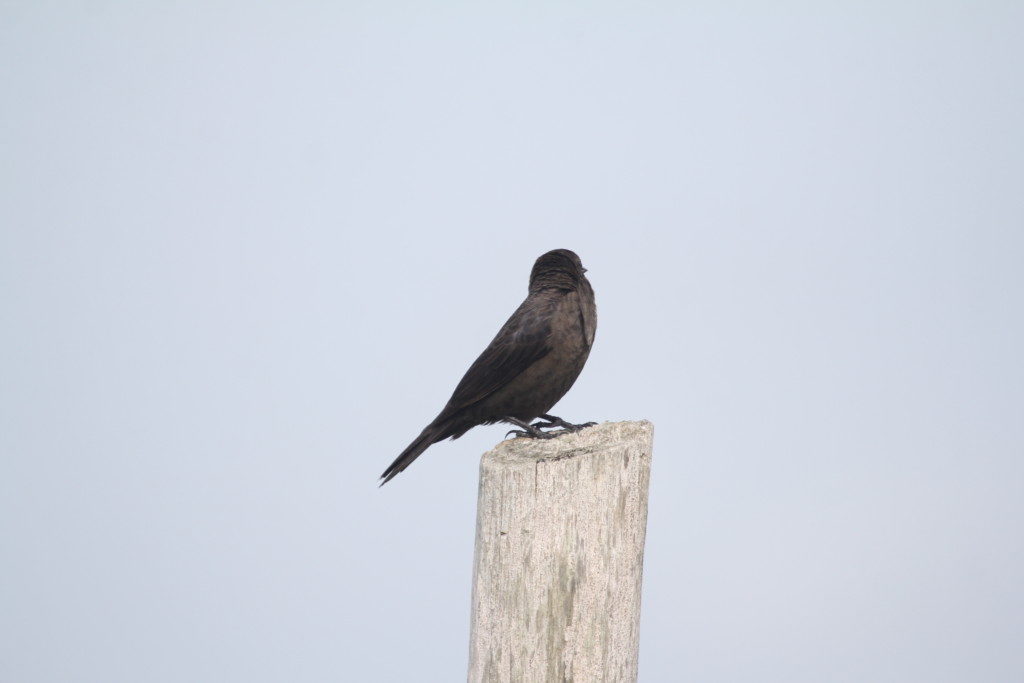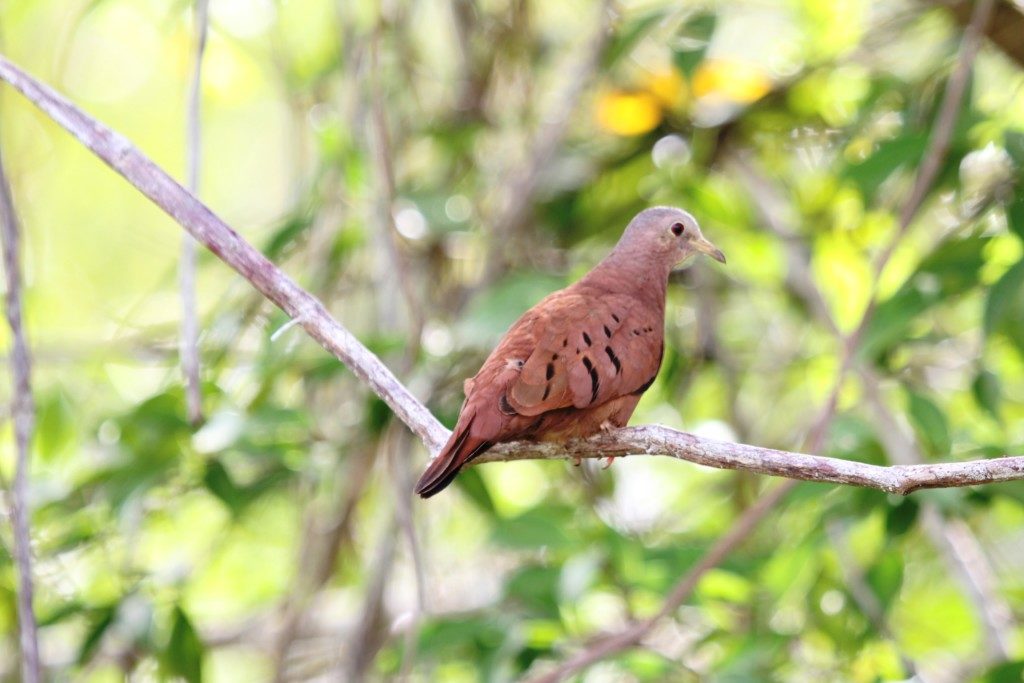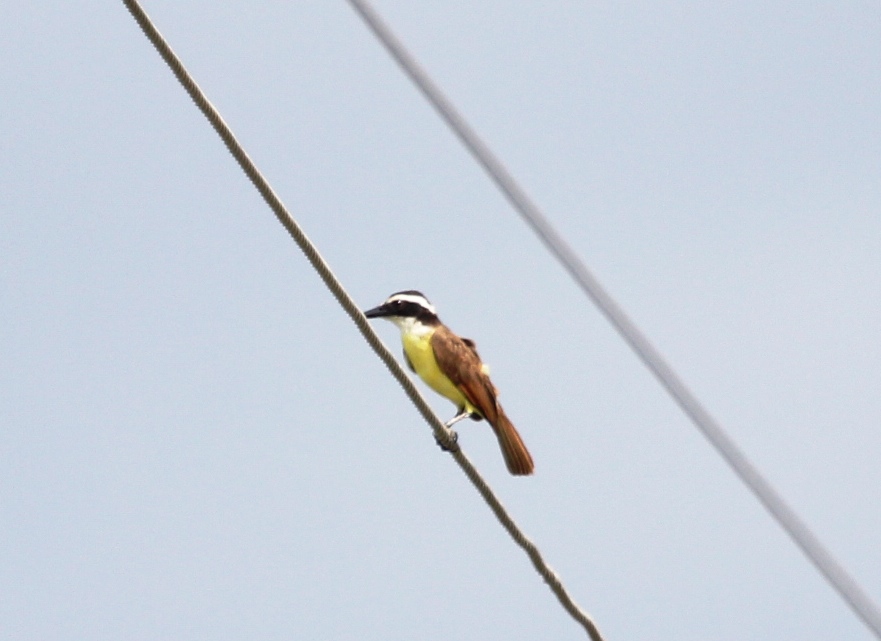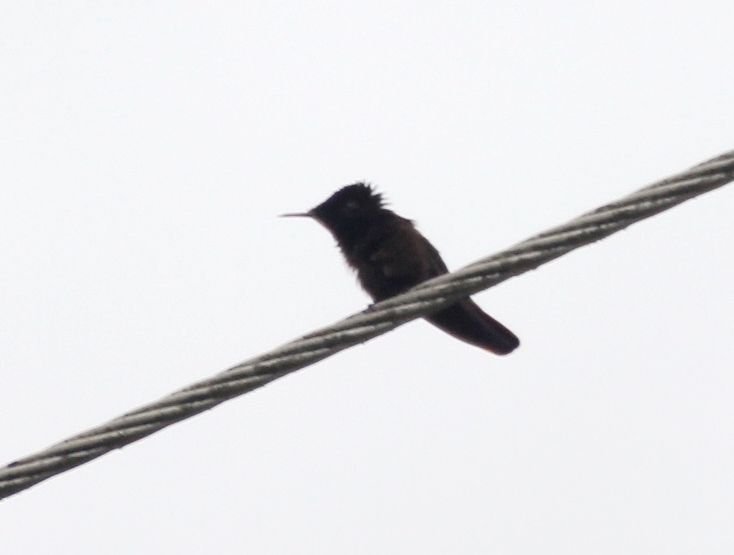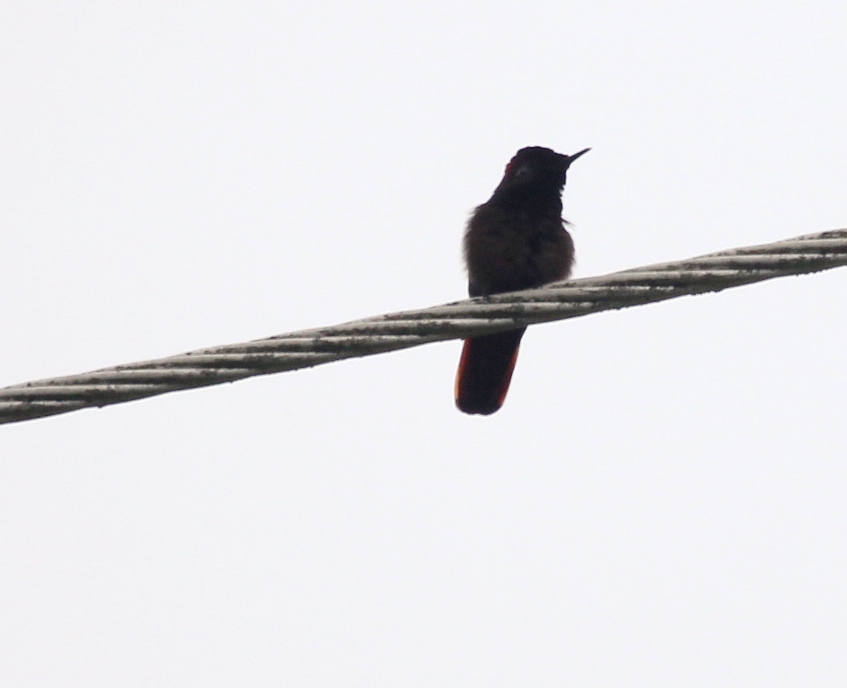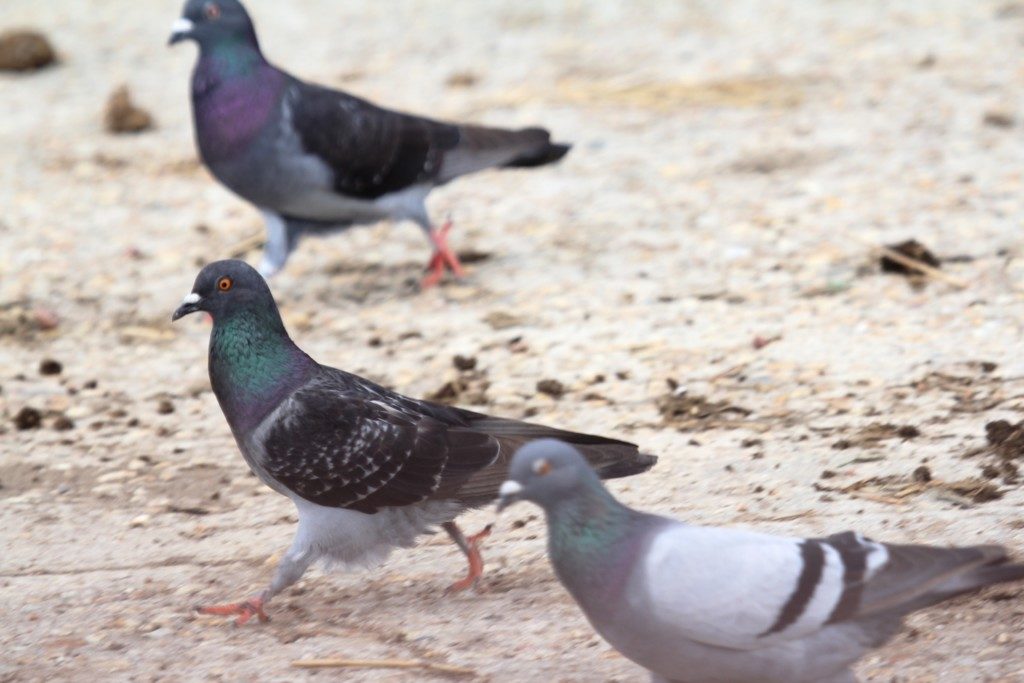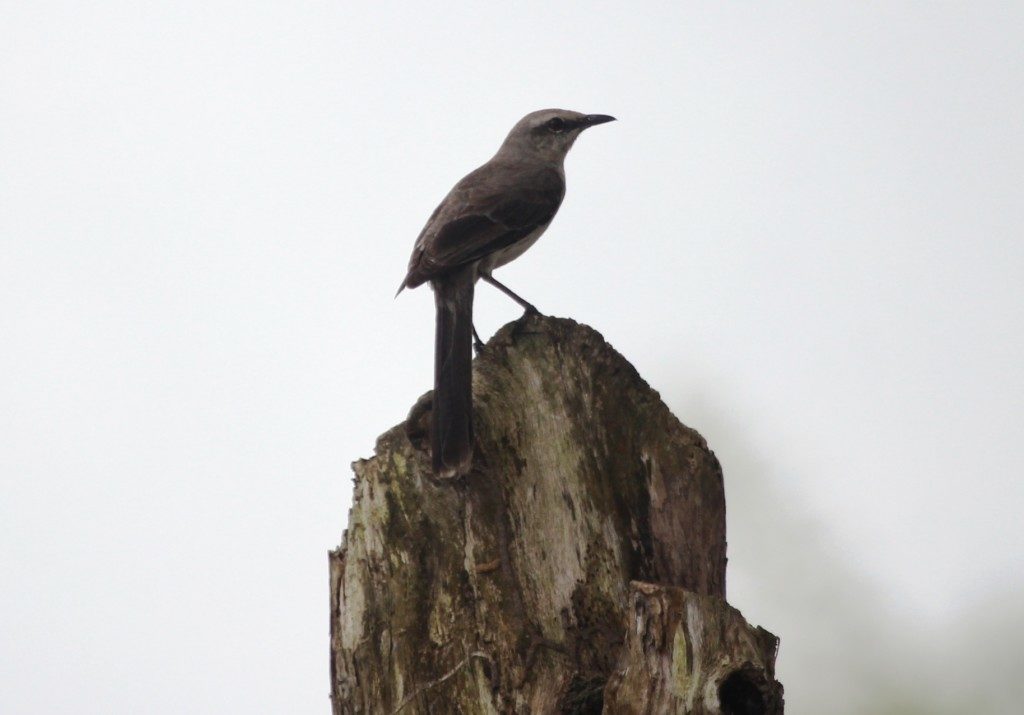The Southern Lapwing (Vanellus chilensis) is a wader in the order Charadriiformes. It is a common and widespread resident throughout South America, except in densely forested regions (e.g. most of the Amazon), the higher parts of the Andes and the arid coast of a large part of western South America. This bird is particularly common in the basin of the Rio de la Plata. It has also been spreading through Central America in recent years. It reached Trinidad in 1961 and Tobago in 1974, and has rapidly increased on both islands.
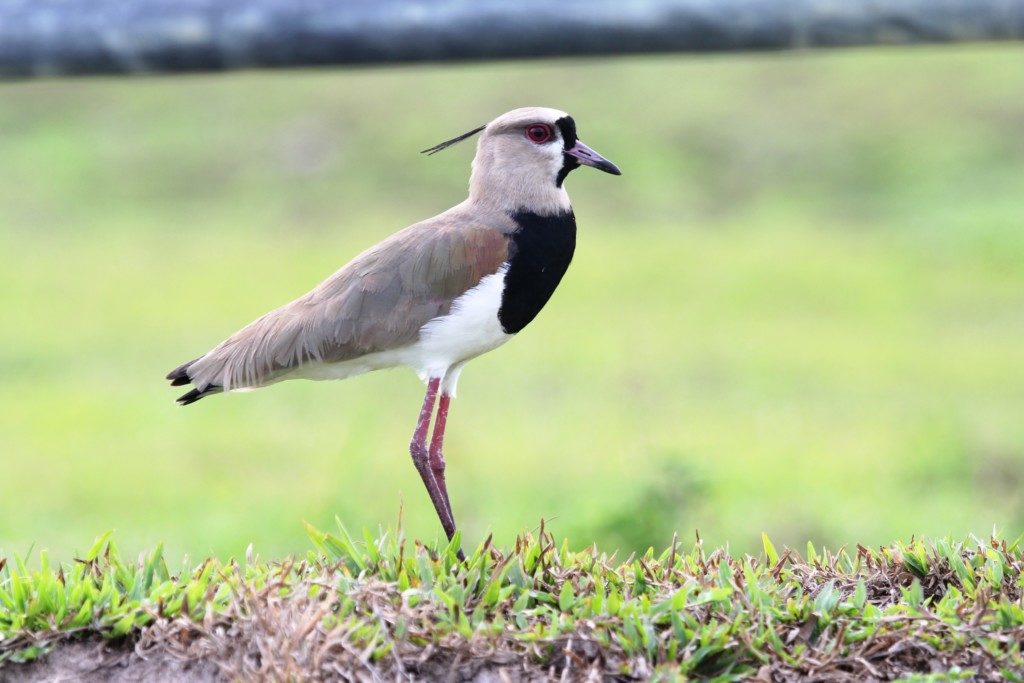
It is a common and widespread resident throughout South America, except in densely forested regions (e.g. most of the Amazon), the higher parts of the Andes and the arid coast of a large part of western South America. This bird is particularly common in the basin of the Rio de la Plata. It has also been spreading through Central America in recent years. It reached Trinidad in 1961 and Tobago in 1974, and has rapidly increased on both islands. I saw this very striking bird at Aripo Livestock Station.
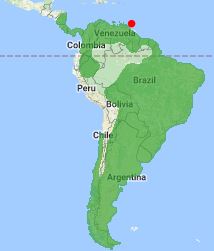
LEARN MORE ABOUT SOUTHERN LAPWINGS
VIDEOS
This one is foraging in a swamp.
This one is protecting its nest and eggs.

